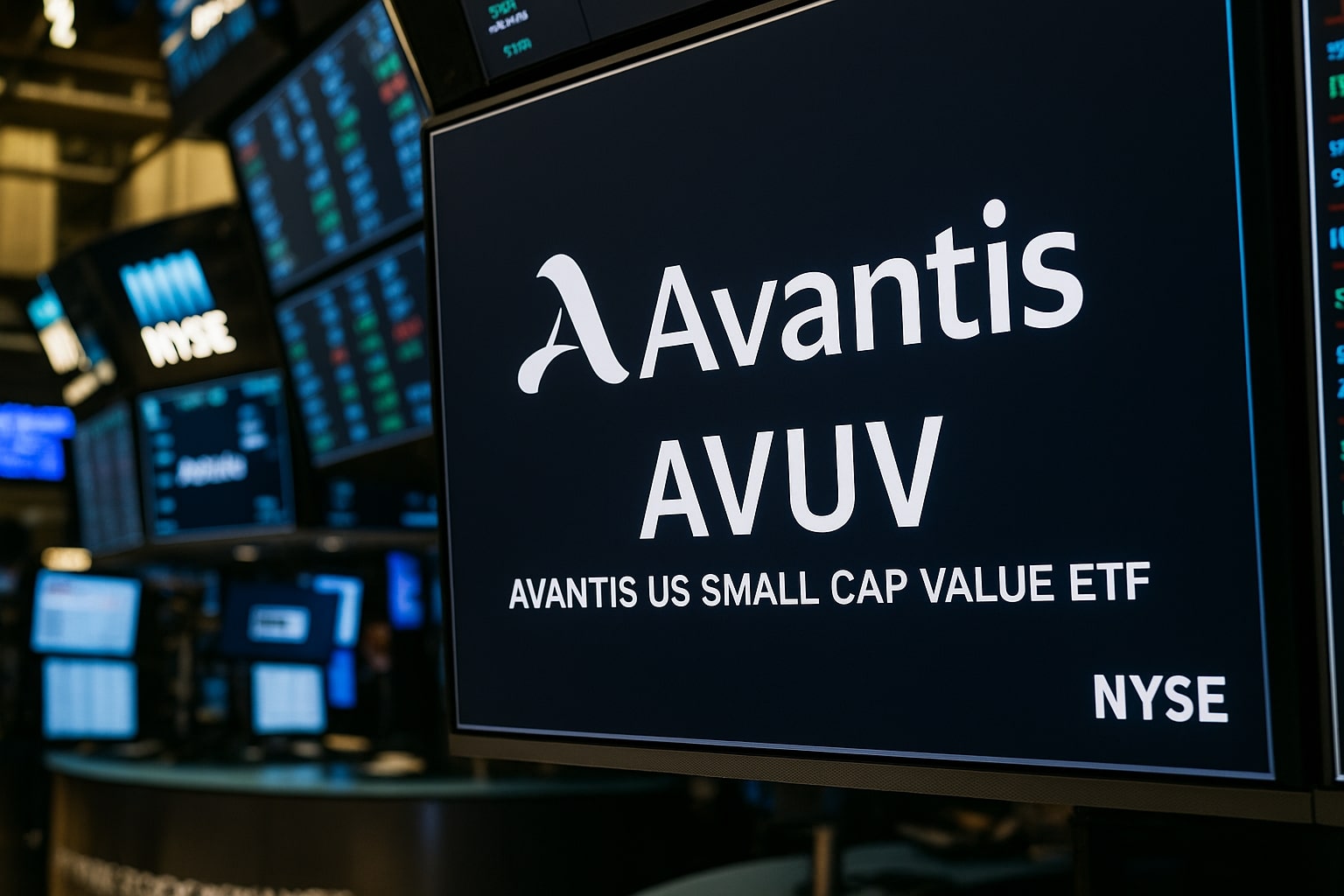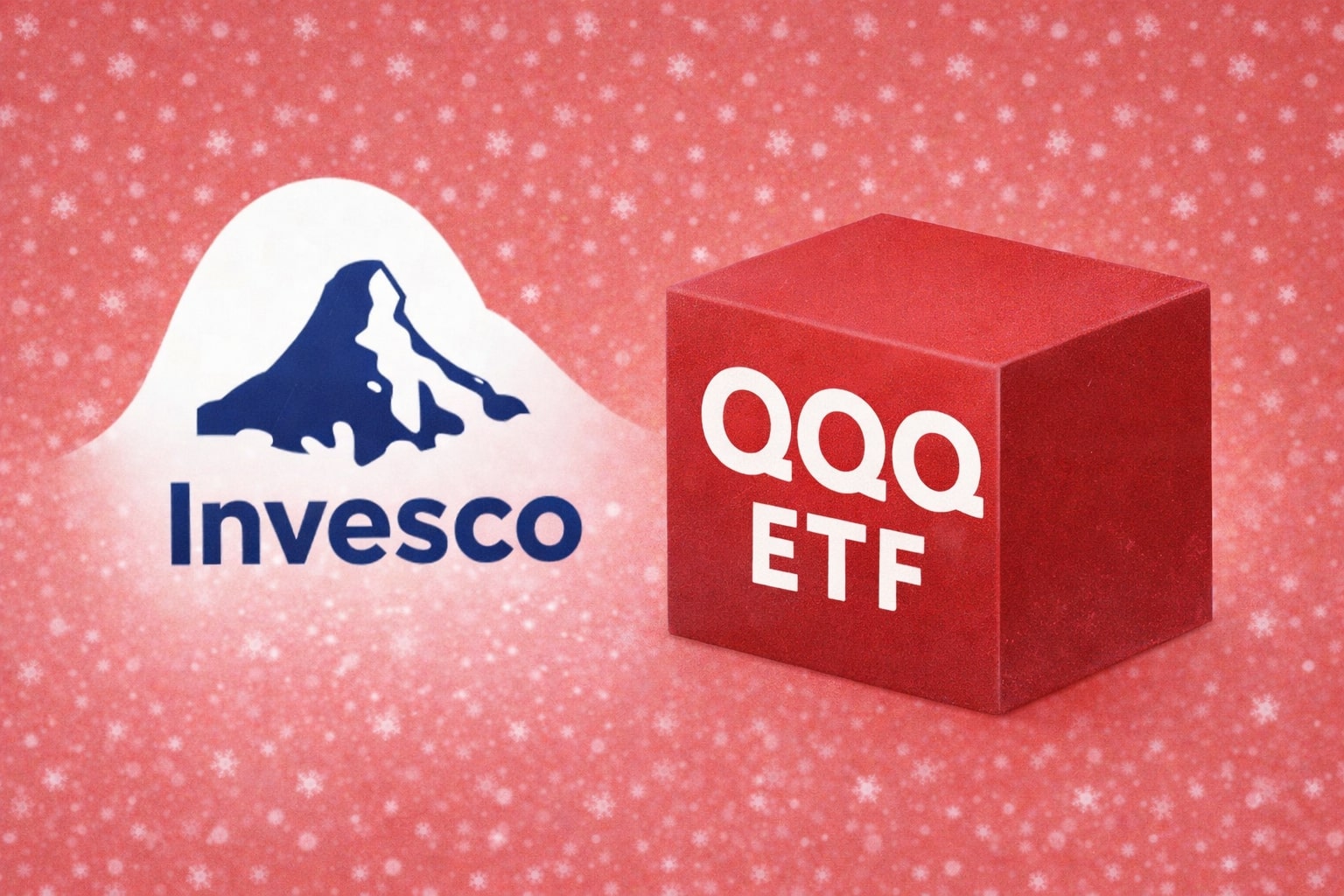
AVUV ETF Forecast: Small-Cap Value ETF Holds $100.18 as Historic Spreads, Fed Policy, and Earnings Momentum Converge
NYSEARCA:AVUV posts 7.03% annual gain and 19.27% 5Y return, fueled by value tilts and 69% earnings growth in small caps, while Fed cuts and cyclical overweights test resilience | That's TradingNEWS
Avantis US Small Cap Value ETF: NYSEARCA:AVUV Balances Historic Value Spreads, Factor Strength, and Fed Uncertainty
Read More
-
QQQ ETF At $626: AI-Heavy Nasdaq-100 Faces CPI And Yield Shock Test
11.01.2026 · TradingNEWS ArchiveStocks
-
Bitcoin ETF Flows Flip Red: $681M Weekly Outflows as BTC-USD Stalls Near $90K
11.01.2026 · TradingNEWS ArchiveCrypto
-
Natural Gas Price Forecast - NG=F Near $3.33: NG=F Sinks as Supply Surges and China Cools LNG Demand
11.01.2026 · TradingNEWS ArchiveCommodities
-
USD/JPY Price Forecast - Dollar Breaks Toward ¥158 as Yen Outflows and US Data Fuel Dollar Charge
11.01.2026 · TradingNEWS ArchiveForex
Fed Rate Cuts Add Complexity to the Outlook
While macro conditions favor a rotation into undervalued small caps, the Federal Reserve’s policy stance complicates the outlook. With U.S. unemployment at 6.3% and inflation expectations near 2.9%, the Fed’s willingness to cut rates has raised questions. Rate cuts typically support smaller, credit-sensitive companies by lowering borrowing costs, yet they also signal concerns about slowing growth. AVUV’s overweight in financials could see mixed effects: net interest margins may compress, but loan demand and asset values may improve. Investors should expect heightened volatility as policy uncertainty interacts with factor-driven market dynamics.
AVUV’s Position Versus Peers and Verdict
Compared to Vanguard’s VBR, iShares’ IJS, and VIOV, AVUV consistently delivers stronger factor loadings and higher realized alpha. Its 0.25% expense ratio makes it cost-competitive while retaining active tilting benefits, a rare feature in the small-cap ETF landscape. With small-cap value stocks priced at some of the steepest discounts in history relative to growth, and AVUV’s proven track record of capturing excess return, the ETF remains one of the most compelling ways to access this segment.


















